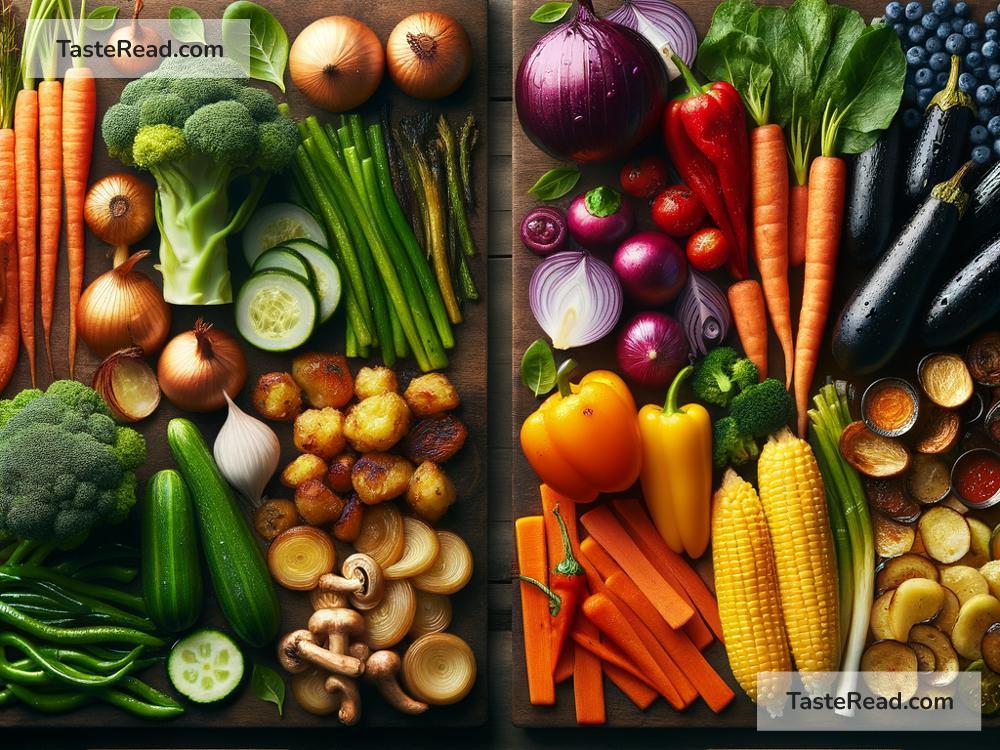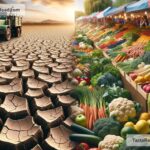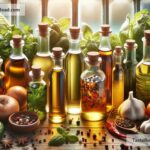The Impact of Cooking Methods on Nutrient Retention
Cooking is an essential part of preparing food, but did you know that the way you cook can affect the nutrition in your meals? Every method—whether boiling, frying, steaming, or grilling—changes your food. Some methods help keep nutrients intact, while others may cause nutrients to break down or disappear. In this blog, we’ll explore how different cooking techniques impact the nutrients in your food—and how you can cook to create healthier meals.
Why Nutrient Retention Matters
Nutrients, such as vitamins, minerals, and antioxidants, are essential for keeping your body healthy. Vitamins like Vitamin C and B vitamins, for example, help boost your immune system and provide energy. Minerals, like iron and calcium, support strong bones and blood circulation. Antioxidants protect your body from harmful toxins and inflammation.
When we cook food, especially using heat, some nutrients can be lost. However, that doesn’t mean cooked food is “bad.” Cooking can improve flavor, texture, and digestibility, making some nutrients easier for your body to absorb. The key is choosing the right cooking method to maximize nutritional benefits while minimizing nutrient loss.
Different Cooking Methods and Nutrient Retention
Let’s take a closer look at popular cooking methods and how they impact nutrient retention.
1. Boiling
Boiling involves cooking food in hot water. While boiling is simple and quick, it can cause nutrients, especially water-soluble vitamins like Vitamin C and B vitamins, to leak into the cooking water. For example, if you boil vegetables like broccoli or spinach, up to 50% of their Vitamin C content can be lost.
Tip: If you boil vegetables, try using a minimal amount of water or repurpose the nutrient-rich cooking water for soups, sauces, or stews.
2. Steaming
Steaming is one of the best methods for nutrient retention. By cooking food with steam instead of water, nutrients don’t escape as easily. This method works especially well for delicate vegetables like carrots, zucchini, and green beans. Steaming helps preserve both water-soluble and fat-soluble vitamins, along with natural flavors and textures.
Tip: Invest in a simple steamer or use a heat-safe colander over boiling water to steam your veggies quickly and nutritiously.
3. Grilling
Grilling gives food a smoky flavor and crispy texture, but it’s also a method that can help lock in certain nutrients. For example, grilling meat and vegetables over high heat can preserve vitamins like Vitamin A and some antioxidants. However, prolonged grilling or burning food may create harmful compounds that aren’t good for your health.
Tip: Avoid overcooking or charring your food to keep both taste and nutritional value intact.
4. Roasting and Baking
Roasting and baking are nutrient-friendly methods that use dry heat in an oven. Because these methods don’t involve water, they can retain most nutrients in food. Root vegetables like potatoes and carrots, for example, keep their vitamins and minerals when roasted. However, overcooking can cause some nutrients, like Vitamin C, to break down.
Tip: Cook at moderate temperatures to prevent nutrient loss while still achieving a delicious crispy finish.
5. Frying
Frying can make food incredibly tasty, but it’s not the best for nutrient retention—or health. High heat can degrade vitamins like Vitamin C, and oil adds extra fat and calories. While shallow frying (using less oil) is somewhat better than deep frying, both methods can destroy nutrients if the food is cooked for too long.
Tip: Opt for healthier oils, such as olive oil, and keep frying times short to minimize nutrient loss.
6. Microwaving
Microwaving is surprisingly good at preserving nutrients, especially in vegetables. Since food cooks quickly and uses very little water, microwaving prevents vitamins and minerals from escaping. It may not give you the same texture as baking or grilling, but it’s a reliable, efficient method.
Tip: For the best results, cover the food with a microwave-safe lid or wrap to retain steam.
How to Maximize Nutrient Retention When Cooking
While each method has pros and cons, there are general tips you can follow to retain nutrients:
- Cook food quickly: Nutrients tend to break down after prolonged exposure to heat.
- Use less water: Water-soluble vitamins can escape into cooking water, so limit the amount used.
- Don’t overcook: Keep vegetables slightly crisp and meat tender to preserve nutrients and flavor.
- Reuse cooking liquids: Instead of throwing away boiled water, use it for soups, sauces, or drinks.
- Choose fresh, high-quality food: The fresher your food, the more nutrients it contains before cooking.
Final Thoughts
Cooking is more than just preparing food—it’s an opportunity to nourish your body with the nutrients it needs. By understanding how cooking methods affect nutrient retention, you can make smarter choices in the kitchen. Whether you choose steaming to preserve vitamins or grilling for antioxidant retention, you’re taking small but valuable steps toward a healthier lifestyle.
Remember, it’s not about avoiding cooked food but finding a balance that works for you. Experiment with different methods, pair foods for added nutritional benefits, and enjoy the process of creating meals that are both delicious and nutritious. Bon appétit!


